What is asthma?
and what are the symptoms?
Asthma is a condition that occurs in the airways. The airways are tiny tubes that transport air into our lungs. People with asthma have airways that are sensitive to things that don’t affect people without asthma.
Triggers
When a person with asthma is exposed to a trigger, the airways become narrow. Each person with asthma has different triggers but the most common are:
– colds and viruses
– pollen
– house dust mites
– air pollution or cigarette smoke
– exercise
The most common trigger for children, especially young children is colds and viruses. It’s common for children under the age of 5 to only experience asthma that is triggered by a cold or virus and experience no symptoms at other times. These children often do not go develop asthma as older children and adults unless they also have eczema or hay fever or if there is a family history of asthma or allergy.
Signs and Symptoms
The most common symptoms are:
– Persistent cough
– Wheezing
– Breathing difficulties (fast, heavy or laboured breathing)
– Tightness of chest.
Young children may also complain of a sore tummy.
You may notice the skin over the neck and ribs moving in and out and the tummy sucking in and out with every breath.
Asthma symptoms should not occur more than twice per week (aside from exercise and viral/cold triggered symptoms). If symptoms are occurring more than twice per week on average, this is a sign of poor asthma control, you should visit your doctor to discuss other treatment options.
Treatment
Everyone with asthma should have an action plan developed by a health professional. If you notice any signs or symptoms of asthma, follow your action plan. It’s important to remember that the reliever medication should always relieve symptoms of shortness of breath, chest tightness or difficulty breathing. If you have followed your action plan, given your child reliever medication as directed and the symptoms have not improved you should call an ambulance or go straight to hospital.
Medication
Relievers
All children with asthma should have reliever medication on hand. Reliever puffers are usually blue and are given when the child is experiencing any symptoms.
Preventers
Preventer medications are taken every day even when well and are used to prevent asthma flare ups. Not all children with asthma need to use a preventer and your doctor can advise if preventer medication is required for your child.
Spacers
Everyone who uses a puffer should use a spacer (not just children!). Using a spacer maximises the amount of medication that reaches the airways and reduces any possible side effects. Young children may need to use a mask with their spacer as they are not able to coordinate breathing through the mouth piece. When using a spacer, 1 puff at a time should be sprayed into the spacer and the child should take 4 relaxed, regular breaths for every puff. Spacers should be cleaned in warm soapy water once a month.
Having a child with asthma can be scary and confusing. It’s important to always trust your instincts. If something doesn’t feel right, if you notice changes to your child’s breathing or if they have difficulty breathing, always see your doctor.
Sarah Guenther
GradCertNurs (ED)n BNurs
Paediatric Asthma Educator
www.breatheeasier.net
Learn more by booking a Daisy First Aid class for parents, carers and childcare professionals https://www.daisyfirstaid.com
